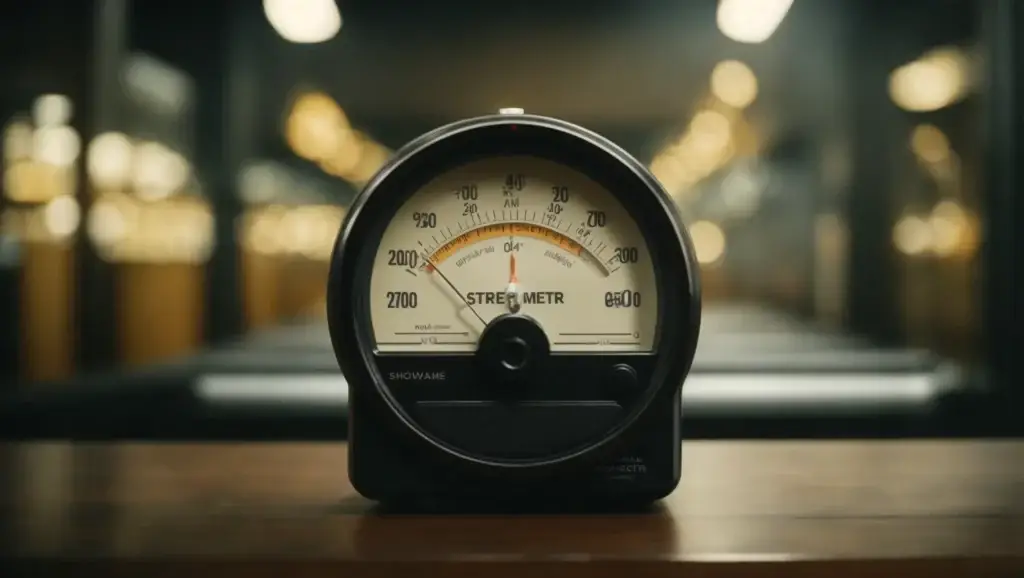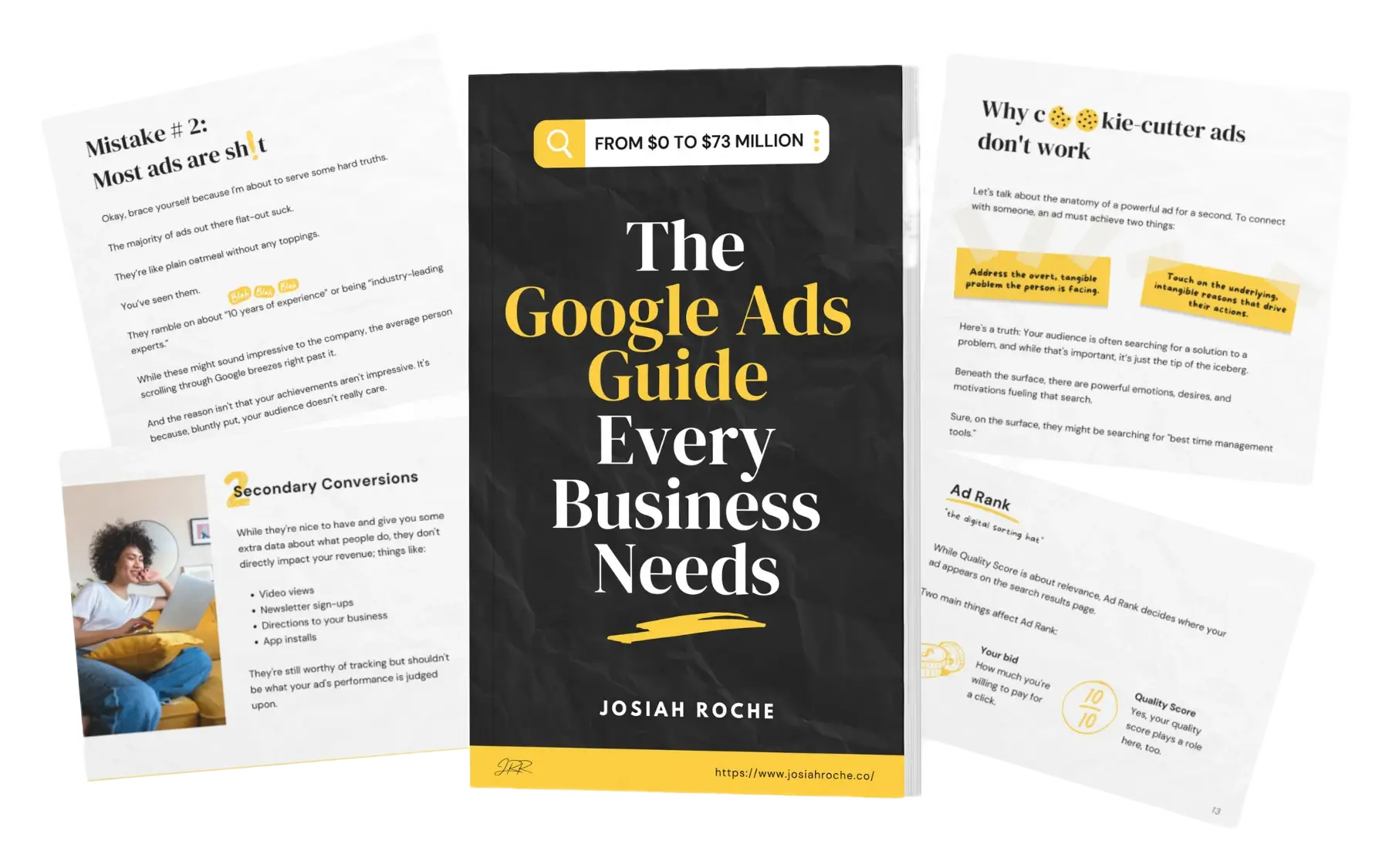You’ve been pouring all your energy into Google Ads, waiting patiently for conversions.
And what’s the result?
Average performance and a sense of “why did I even bother?”
Yeah, I’ve been there too.
Many of us, eager to grow our businesses, face the challenge of getting more sales using Google Ads.
But, instead of banging your head against the keyboard, know this:
Google Ads is more of an art than science.
And like any art form, it needs tweaking, refining, and a whole lot of patience.
What is ad strength?
In a nutshell, Ad Strength acts like a compass.
It gives you feedback on how your ads relate to your audience.
It places your ad on a scale and gives you a score of anything from “Incomplete” to “Excellent”.
I have a feeling Google use this on purpose to take advantage of the Zeigarnik effect.
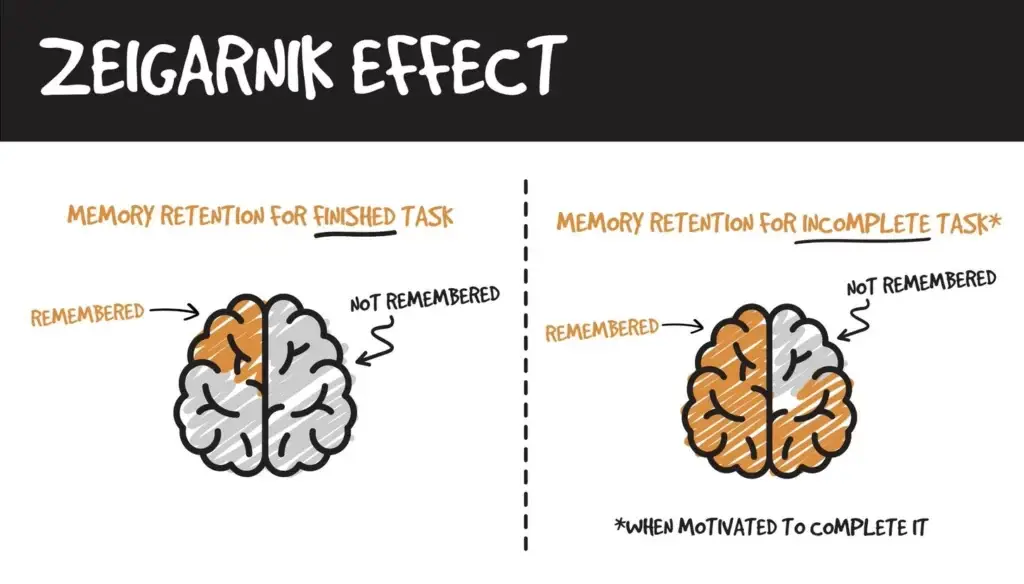
According to Google, the better the rating, the better your ad’s chance of winning the click.
Why’s this so important?
Because it’s not just about having an ad out there; it’s about having the right ad out there.
Again, as Google also says, an “Excellent” Ad Strength rating means you’re singing the right tune that your potential leads want to hear.
This isn’t always the case, though.
We’ve run hundreds of ad campaigns and have found at times, ads with “poor” ratings outperformed those with “Excellent” ratings.
Why your ads aren’t working
We’ve all felt it—the sting of a failed Google Ad campaign.
You’re just sitting there, staring at your screen, thinking you’ve done everything right.
But the results are as impressive as a rubber knife at a gunfight.
So what’s the deal?
Common Pitfalls and Oversights
Look, running ads isn’t a walk in the park.
If it were, we’d all be cruising in yachts somewhere in the Mediterranean.
Many advertisers—both novices and so-called ‘experts’—fall into similar traps.
It’s a bit like an episode of ‘Funniest Home Videos,’ where you know someone is about to take a nasty spill but can’t look away.
For starters, there’s the “Set It and Forget” syndrome.
People treat Google Ads as if they’re slow cookers; just throw in the ingredients and expect a gourmet meal in 8 hours.
Unfortunately, that’s not how this recipe works.
Ads need frequent visits, like house plants that yearn for a daily spritz of water and the occasional kind word.
Another oversight is the ‘One Size Fits All‘ approach.
We often use the same ad copy, design, and messaging across multiple channels, audiences, and platforms.
That’s like expecting your grandma and your 14-year-old nephew to laugh at the same joke.
Not gonna happen.
Keyword relevancy
Remember how I mentioned Google Ads is more art than science?
Well, the closest it gets to science is in the keyword relevancy and personalisation features.
Yet, most advertisers use only about 50-60% of the platform’s capabilities here.
It’s like buying a Swiss Army knife but only using the corkscrew and the nail clipper.
Keyword relevancy is simple…
If someone is searching for ‘dog grooming in Brooklyn,’ your ad better not show up talking about ‘Dog Grooming products in Manhattan.’
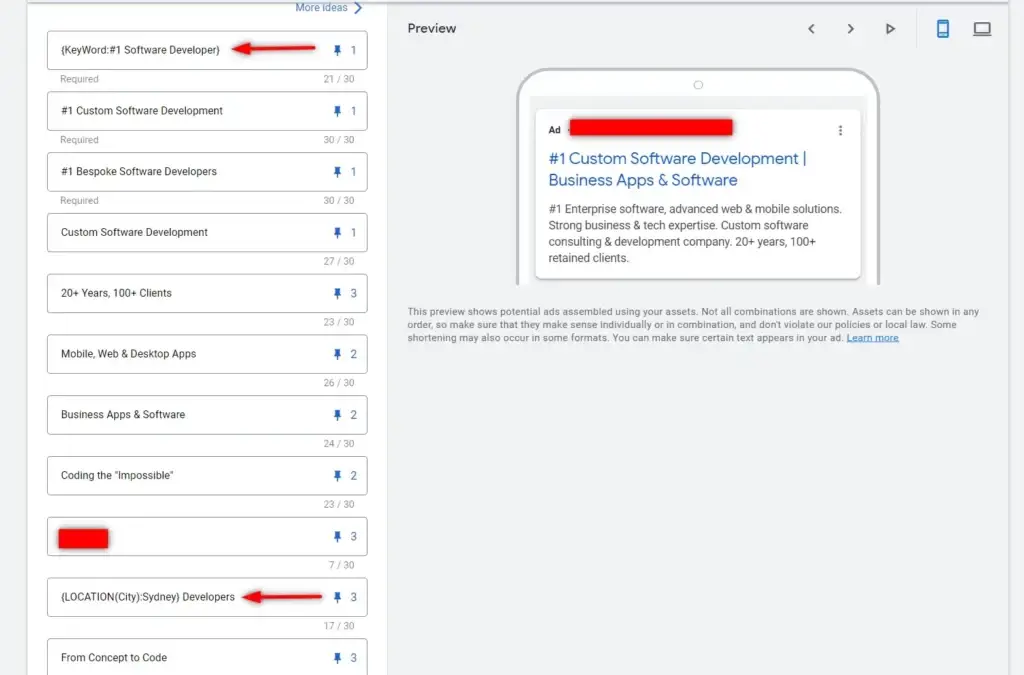
Google might be a lot of things, but psychic, it isn’t.
It’s your responsibility to make your ad groups relevant.
Using key features like dynamic keyword insertion to ensure you’re getting high quality scores.
So, you see, it’s not that your ads aren’t capable of working; it’s more that they might be stuck in a sort of adolescent awkward phase.
They need a bit of guidance, a little more strategy, and yes, a whole lot more attention to details like keywords and the way you write your content.
How to improve your ad strength
Okay, so you’re convinced that Ad Strength is something you shouldn’t ignore.
Great, let’s roll up our sleeves and get to work.
No more looking wistfully at your “Average” ad strength score—let’s turn that into something worth screenshotting for your next business meeting.
Inject relevant keywords
Ah, keywords.
Those little bundles of text that make your ad resonate with your audience or sink faster than a rock in a pond.
One handy tool in your Google Ads toolkit is Dynamic Keyword Insertion (DKI).
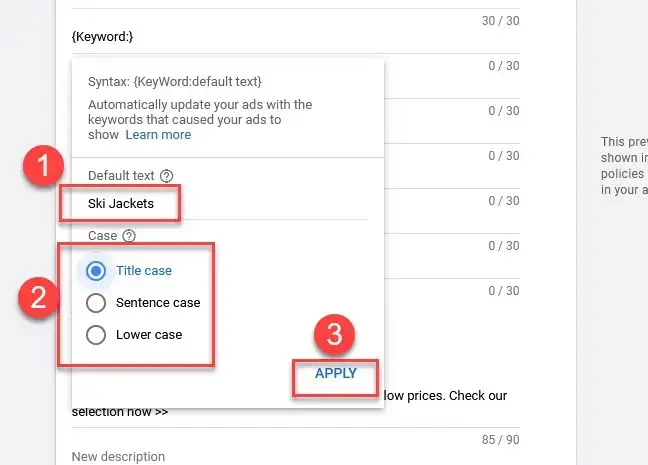
This little gem automatically plugs your keywords into your ad, making it hyper-relevant to what your audience is actually searching for.
It’s like Google doing your homework for you, except you get paid in clicks.
Pair that with location-based keywords injections, and you’ve got yourself an ad cocktail that’s hard to resist.
Say you’re selling gym memberships in Brooklyn.
Instead of a bland ad like “Join Our Gym,” how about “Get Fit in Brooklyn—Join Today”?
Adding the location not only makes the ad more relevant but also harnesses local intent.
Create more compelling content
Content is king. I know, it’s a phrase that’s been done to death, but it’s still true.
However, compelling content is not just about splashing flashy words and pretty pictures.
It’s about understanding the inner workings of your audience’s mind.
First, let’s understand their pain points.
Are they tired of overpriced services? Do they yearn for better customer service?
Identify what makes them tick, and then write an ad that speaks directly to that.
As for desires and objections, get to know them. Create a persona that understands their pains, desires, and objections.
I recommend using ChatGPT because it can provide some quick insights into what your audience might be thinking.
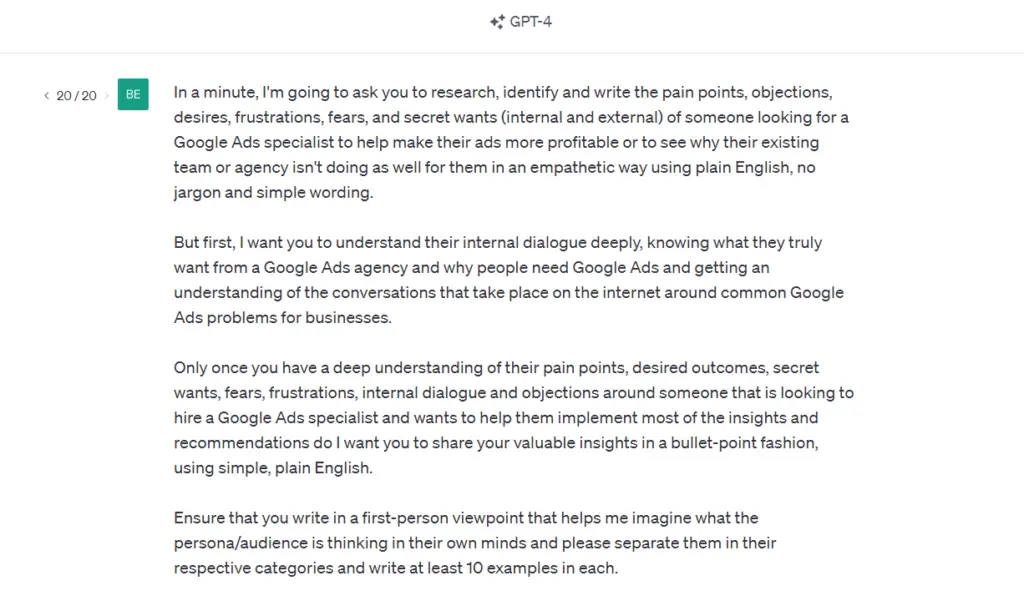
The deeper you go into their internal thoughts and inner motivations behind why they’re searching for what you’re selling, the better your ads can be.
Optimise your landing pages
Okay, so your ad got the click. But wait, your work isn’t done yet.
The landing page is where the real magic happens—or doesn’t.
Ensure that what you promised in the ad is delivered on the landing page.
Mismatched content is like getting a veggie burger when you ordered a beef one.
Add relevant keywords from your ad to improve this alignment.
The more your landing page is aligned with your ads, the higher your quality scores will be.
And for heaven’s sake, make sure the page loads fast. We’re in 2023; nobody has time to wait.
In case you’re stuck, here’s a free landing page checklist to help you out.
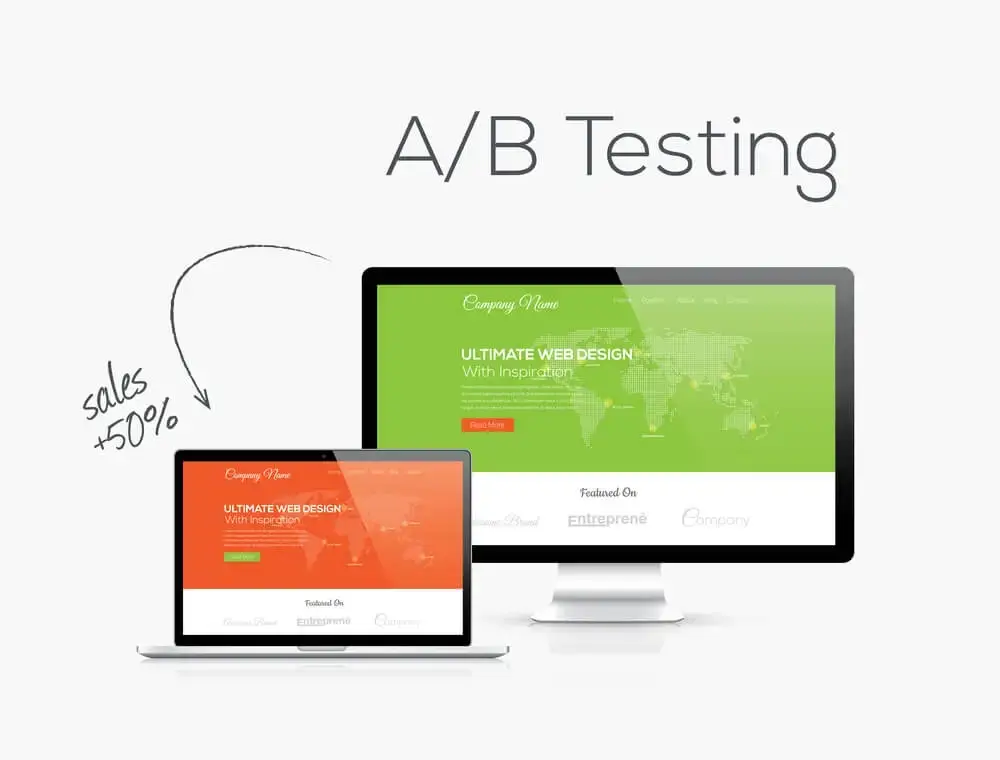
Test and measure your ads
Let’s be real: You can’t set up an ad and just let it run wild like a toddler with a marker.
Regular check-ins every 2-3 weeks can reveal what’s working and what’s making your ad budget cry.
Make small changes—like adding keyword opportunities, negative keywords and tweaking the headlines.
Learn from this and apply the lessons to your landing page too.
Remember, your ads might get you in the door, but they can’t do the talking for you.
Common myths around Ad Strength
So you’ve got a grasp on what Ad Strength is, and you’re ready to level up.
But before you jump in, there are some myths around this “guide” that I think you should know about.
Just so you don’t find yourself going down rabbit holes, chasing metrics that might not even matter.
Myth 1: high Ad Strength equals high conversions
Let’s clear the air.
A high Ad Strength doesn’t automatically mean you’re going to rake in conversions like you’re harvesting golden potatoes.
That rating might be telling you that your ad aligns well with keywords and seems “relevant.”
But relevance doesn’t always equate to customer action.
Your ad may be well-tuned, but that doesn’t mean people are going to click it, let alone make a purchase.
Myth 2: Ad Strength is the only metric that matters
When you’re analysing your campaign performance, Ad Strength is just one piece of the jigsaw puzzle.
There are other metrics like click-through rate (CTR), quality score, and conversion rate that share the spotlight.
Ignoring these is like cooking a dish and only tasting the salt— you’re missing the full picture.
Myth 3: “Excellent” ads always perform better
It’s a comforting thought, but life is never that simple, is it?
Some studies from independent agencies suggest that ads with a “poor” Ad Strength rating can outperform those with “excellent” ratings.
So what should you take away from this?
Ad Strength is not a surefire indicator of conversions.
Don’t ignore other performance metrics like CTR, quality score, and conversion rate.

An “excellent” rating doesn’t guarantee top-tier performance.
Experienced advertisers often look beyond Ad Strength when optimising campaigns.
When it comes to boosting Ad Strength
Ad Strength is like a compass.
But remember, a compass only points you in a direction—it doesn’t predict the obstacles you might encounter along the way.
It’s helpful, sure, but it shouldn’t be the end-all, be-all of your ad campaign strategy.
And if someone tells you otherwise, well, you can tell them to check their bearings.
